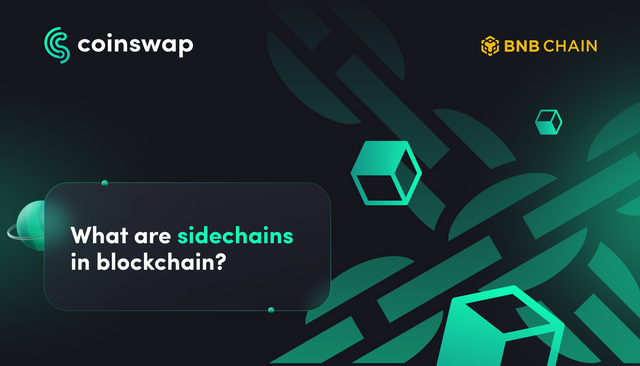
Blockchain technology is constantly evolving, and one of the most exciting advancements is the concept of sidechains. But what exactly are sidechains, and how do they work? Let's dive into the details of this innovative technology! 🚀
Understanding Sidechains 🌟
A sidechain is a separate blockchain that runs in parallel to a main blockchain (also known as the mainchain). The primary function of sidechains is to allow for the transfer of assets and data between the mainchain and the sidechain, enhancing the capabilities and performance of the overall blockchain ecosystem. This is achieved without affecting the performance and security of the mainchain. Essentially, sidechains enable blockchains to scale and handle more complex operations efficiently.
How Sidechains Work 🔄
Sidechains are connected to the mainchain through a two-way peg. This mechanism ensures that assets can be transferred back and forth between the mainchain and the sidechain. Here's a simplified process:
- Asset Transfer Initiation: An asset (e.g., cryptocurrency) is locked on the mainchain.
- Asset Transfer Confirmation: Once the asset is locked, a corresponding amount is created on the sidechain.
- Operations on Sidechain: The asset can now be used within the sidechain for various transactions and smart contracts.
- Asset Transfer Back to Mainchain: To bring the asset back to the mainchain, it is locked on the sidechain and then released on the mainchain.
Benefits of Sidechains 🌐
Scalability: By offloading some of the transactions and smart contract operations to the sidechain, the mainchain can operate more efficiently, reducing congestion and increasing transaction speed. ⚡
Flexibility: Sidechains can be customized to implement new features and functionalities that are not possible on the mainchain. This allows for experimentation and innovation without risking the stability of the main blockchain. 🔧
Security: While sidechains operate independently, they still benefit from the security of the mainchain. If something goes wrong on the sidechain, the mainchain remains unaffected. 🛡️
Interoperability: Sidechains enable different blockchains to communicate and interact with each other, fostering a more connected and collaborative blockchain ecosystem. 🔗
Use Cases of Sidechains 📈
Gaming: In blockchain-based games, sidechains can handle the numerous microtransactions required, ensuring the mainchain is not overloaded. 🎮
Finance: Sidechains can be used to create private ledgers for financial institutions, providing them with the flexibility to conduct transactions without compromising on security. 💰
Supply Chain: Sidechains can manage the complex logistics of supply chain operations, ensuring transparency and efficiency while keeping the mainchain streamlined. 🚚
Conclusion 🏁
Sidechains are a powerful tool in the blockchain arsenal, offering enhanced scalability, flexibility, security, and interoperability. By enabling complex operations to be handled on separate blockchains, sidechains ensure that the mainchain remains efficient and secure. As blockchain technology continues to evolve, sidechains will undoubtedly play a crucial role in its development and adoption. 🌐🔗🚀
👍
Downvoting a post can decrease pending rewards and make it less visible. Common reasons:
Submit